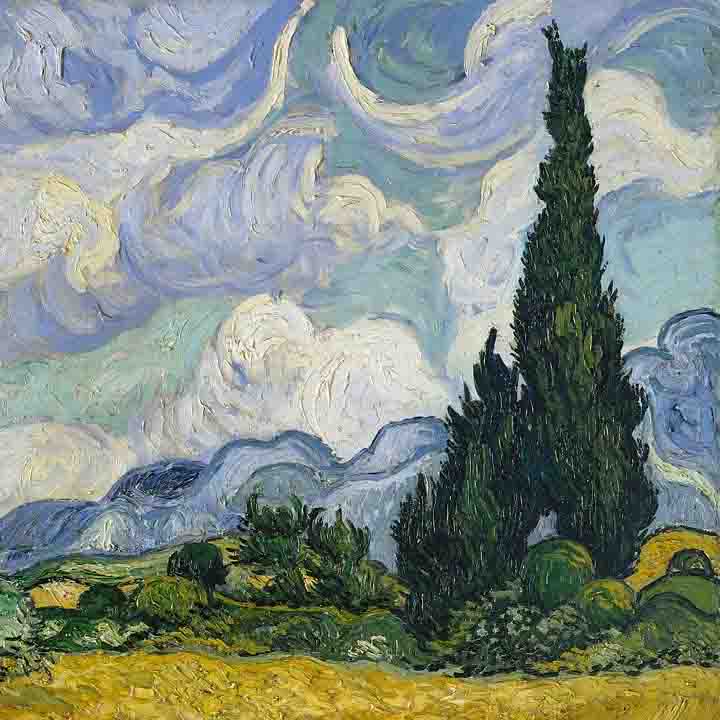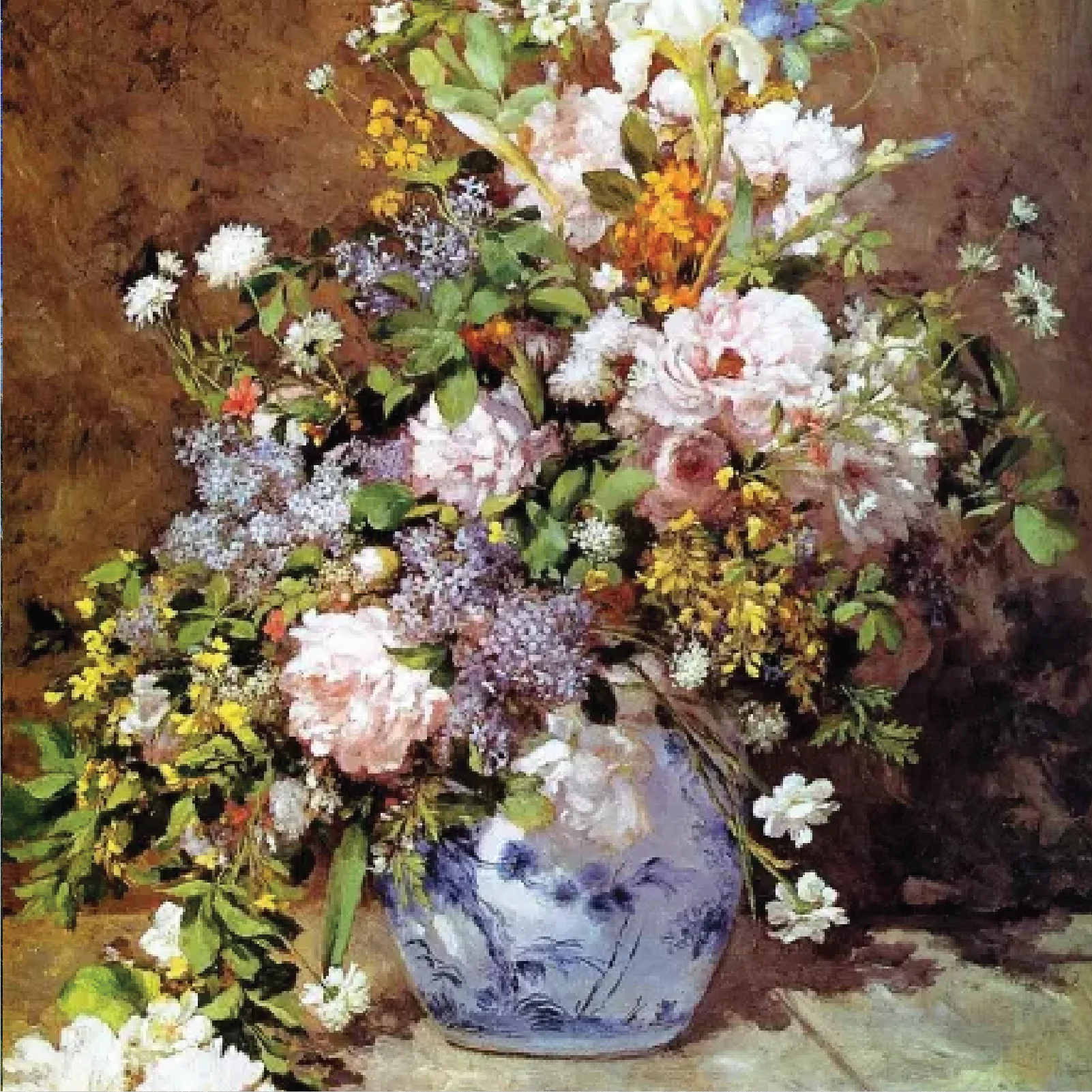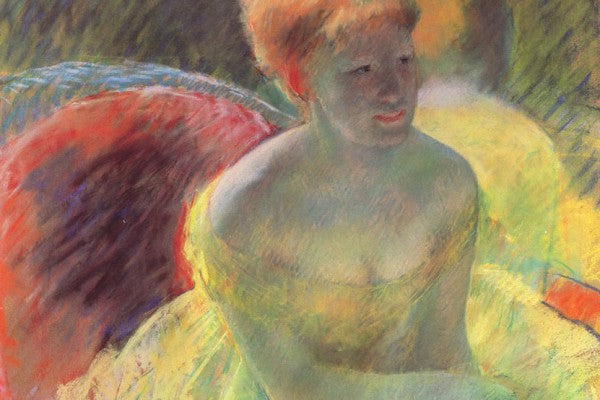Varnishing an oil painting is like giving it a sparkly shield. It makes your paintings look brighter and keeps them safe from dirt and sunlight.
If you’ve ever wondered how to varnish an oil painting, you’re in the right place. This manual will show you each step, making it easy and amusing. Using wax, your painting will not only be well protected but also have a beautiful, lasting finish.
Varnishing preserves the colors and prevents the portray from getting damaged over time. It’s a vital step that every artist ought to realize. This manual will walk you through the procedure in a clear, easy-to-recognize way.
Let’s discover ways to deliver your artwork with the expert contact it merits!
Choosing the Right Varnish
Picking the right varnish on your oil painting is vital. There are numerous kinds to pick out from, and each one gives a different finish. Here’s a simple manual to help you determine which varnish to use:
-
Gloss varnish makes your painting's appearance vivid and shiny. It brings out the colors and makes them pop. If you need your paintings to have a vibrant and smooth appearance, that is a fantastic desire.
-
Matte varnish gives your painting a smooth, flat finish. It doesn’t replicate plenty of light, so it’s perfect if you pick a softer look. This kind of varnish is good for artwork where you don’t want any shine.
-
Satin varnish is a mix of gloss and matte. It gives a soft sheen, which is now not too shiny and not too flat. It’s a terrific center floor if you can’t determine between gloss and matte.
When choosing varnish, consider the way you want your painting to appear. Do you need it to polish or have a greater diffused end? The variations between matte and gloss varnish for oil paintings let you make the right choice. Also, keep in mind the quality of oil varnish for shielding oil artwork to ensure your artwork is properly preserved.
Preparing Your Oil Painting for Varnishing
Before you start varnishing your oil painting, you need proper techniques to store them on canvas. This ensures that the varnish goes on easily and your painting seems its pleasant. Here’s what you need to do:
-
The first step is to make certain your portrait is completely dry. Oil artwork takes a long time to dry, every now and then even months. Check the oil portray drying time to your specific paints and wait till the painting is fully dry to the touch.
-
Dust and dirt can get caught within the varnish, so it’s crucial to smooth your painting. Use a soft, dry brush or a lint-loose material to softly put off any dust from the surface of the painting.
-
Choose a smooth, dirt-free area to work in. Lay down some newspaper or a drop cloth to protect your workspace from spills. Make sure you have all of your materials geared up, including the varnish, brushes, and other gear you’ll want.
-
Before applying varnish to the whole portrayal, do a small check. Apply a chunk of varnish to a nook of the painting to make it look the way it seems and dry. This will help you avoid any surprises.
Step-by-Step Varnishing Process
Varnishing an oil painting is a simple process if you follow these easy steps. Here’s how you can do it at home:
Materials Needed:
-
Varnish (gloss, matte, or satin)
-
A clean, flat brush or spray can
-
Newspaper or drop cloth
-
Soft, lint-free cloth
-
Gloves (optional for protection)
Step 1: Set Up Your Workspace
Make sure your workspace is clean and free of dust. Lay down some newspaper or a drop cloth to catch any spills. Place your painting on a flat, stable surface.
Step 2: Stir the Varnish
If you’re using liquid varnish, stir it gently. Do not shake the bottle as this can create bubbles. Stirring ensures that the varnish is mixed well.
Step 3: Apply the Varnish
There are two main varnish application techniques: brushing and spraying.
Brushing:
-
Dip your clean, flat brush into the varnish.
-
Start applying the varnish in even strokes, working from one side of the painting to the other.
-
Overlap each stroke slightly to ensure full coverage.
-
Avoid going over the same area multiple times to prevent streaks.
Spraying:
-
Hold the spray can about 12 inches away from the painting.
-
Spray in a steady, back-and-forth motion.
-
Apply a light, even coat without soaking the painting.
Step 4: Let It Dry
Allow the first coat of varnish to dry completely. This usually takes a few hours, but check the instructions on your varnish for exact drying times.
Step 5: Apply a Second Coat (Optional)
For extra protection and an even finish, you can apply a second coat. Follow the same steps as the first coat, making sure the first layer is completely dry before adding another.
Step 6: Final Drying
Once you’ve applied all coats, let the painting dry in a dust-free area for at least 24 hours. This ensures the varnish is fully set and hard.
Common Mistakes and How to Avoid Them
When varnishing an oil painting, it's easy to encounter some problems. Here’s a list of common mistakes and how you can avoid them:
Mistake 1: Varnishing Before the Painting is Dry
If you varnish before the paint is completely dry, it can mess up your painting. Make sure to follow the oil painting drying time. Patience is key; let your painting dry fully before varnishing. Protect the paintings from sunlight damage is also necessary.
Mistake 2: Using a Dusty or Old Brush
A dirty brush can leave streaks or dirt on your painting. Use a clean, flat brush that is free from dust and old paint. A fresh brush ensures a smooth application.
Mistake 3: Applying Too Much Varnish at Once
Thick layers of varnish can drip and create uneven surfaces. Apply thin layers of varnish. If you need extra protection, add another layer after the first completely dries.
Mistake 4: Skipping the Test Patch
Sometimes varnish can change the look of your painting in unexpected ways. Test the varnish on a small corner of the painting first. This lets you see how it will look once it’s dry.
Conclusion
Varnishing your oil painting is a crucial step to protecting and enhancing your artwork. Knowing the varnish types can help you get a professional finish. You can also prepare your painting and apply the varnish carefully.
This finish will keep your painting vibrant and beautiful for years. Avoid common mistakes, such as varnishing too soon or using a dirty brush. They will ensure the best results.
If you love oil paintings and want the best reproductions of famous artists, Art&See has them. They make high-quality oil reproduction paintings. These bring the beauty of classic art into your home.
FAQs
1. Can I varnish an oil painting that has already been framed?
Yes, you can varnish an oil painting that is already framed. Just protect the frame with tape or remove the painting from the frame. Do this before varnishing to avoid any spills.
2. How do I store my varnished oil painting?
Store your varnished oil painting in a cool, dry place away from direct sunlight. Make sure it’s in a well-ventilated area to prevent any moisture buildup, which can damage the painting.
3. Can I use the same varnish for oil and acrylic paintings?
No, it’s best to use varnishes specifically designed for each type of paint. Varnishes for oil paintings are different from those for acrylics. Using the wrong one can harm your art's finish and longevity.
4. How do I remove varnish from an oil painting if needed?
Use a varnish remover or solvent. They are made for this. Apply it gently with a soft cloth. Follow the product instructions. Be careful not to damage the paint underneath.





























